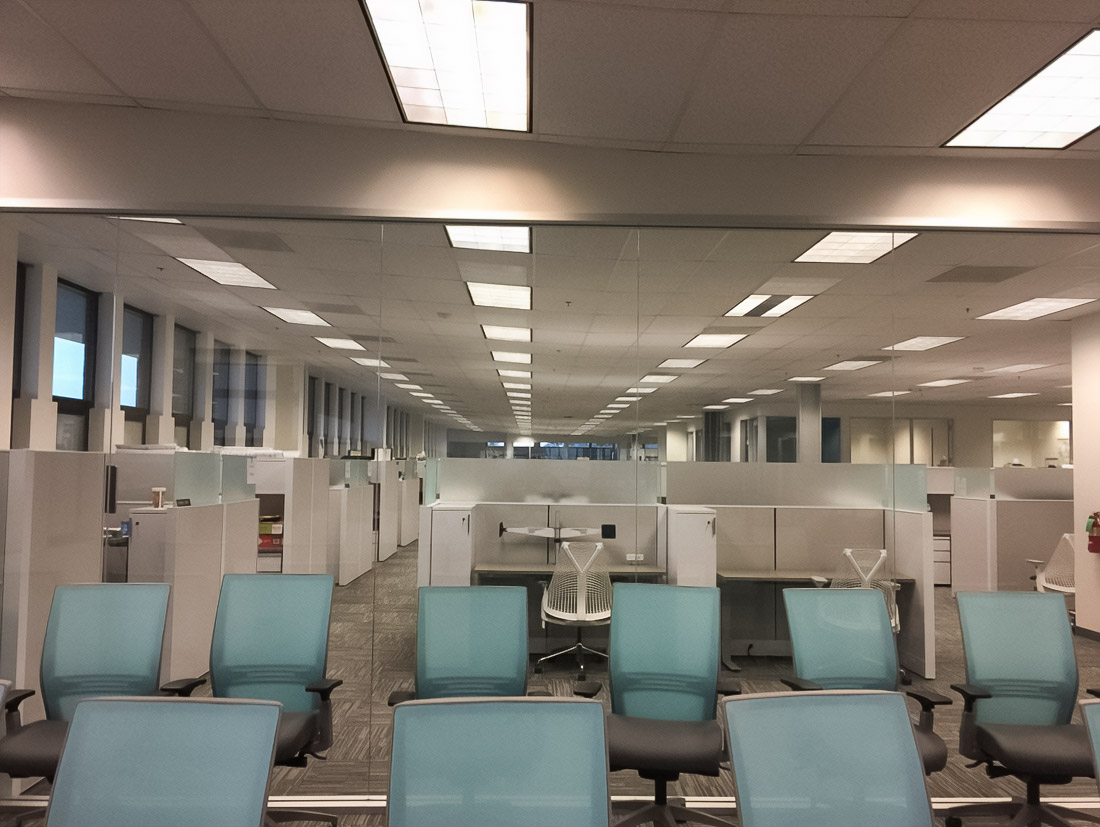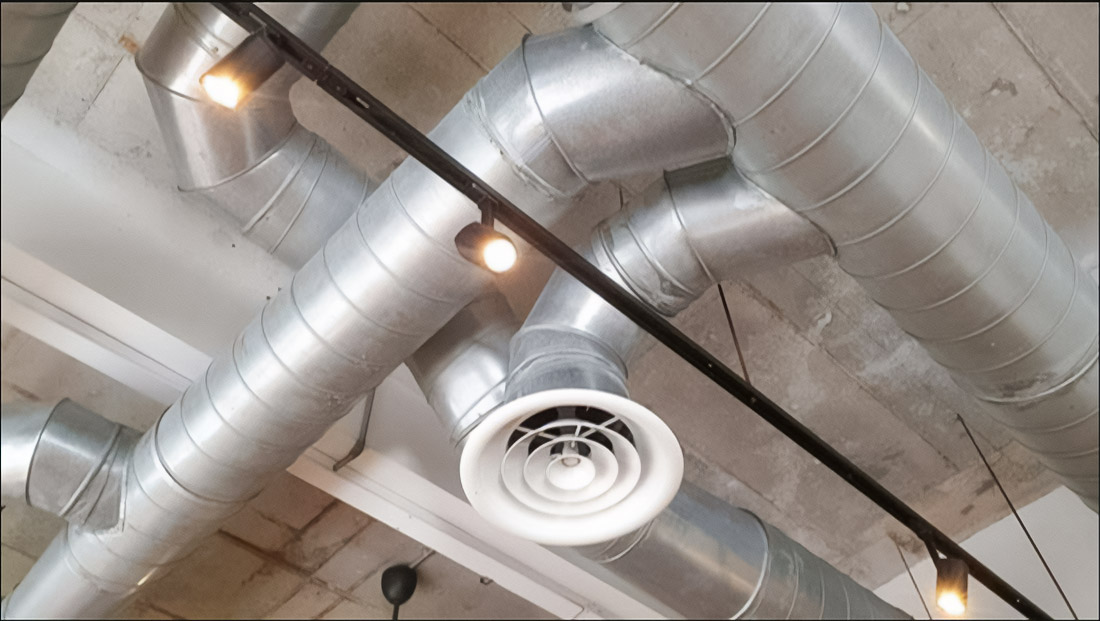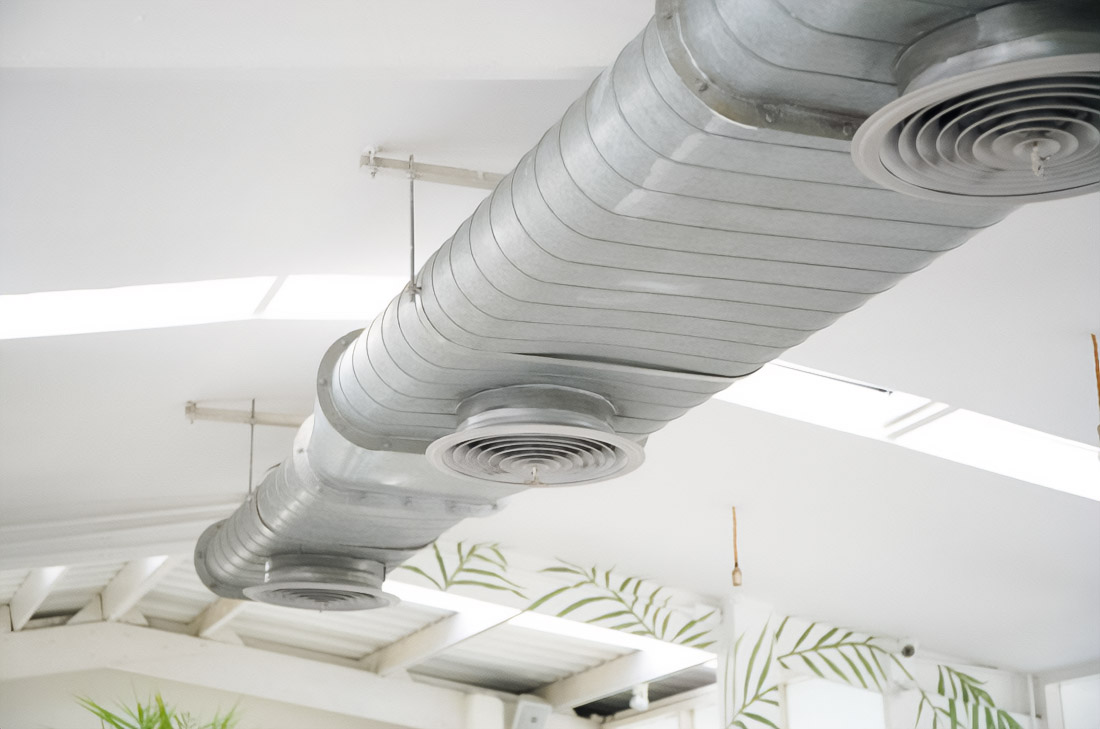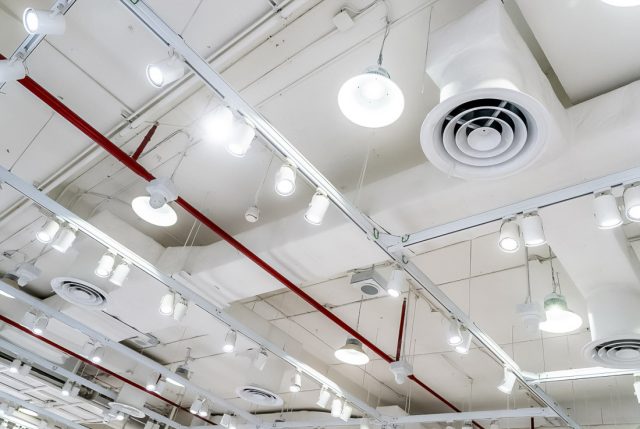In the air diffusion industry, methods of casting under pressure and stamping have historically dominated. However, these tested time methods face a multitude of limitations. For example, the creation of forms and tools requires significant investments — a sum reaching hundreds of thousands of dollars, which does not allow for quickly adapting under changing conditions. To that end, the production of these components generates up to 30% of the waste of material, which negatively affects ecology. Limitations in design, which appear because of traditional approaches, lead to compromises in aesthetics and aerodynamic efficiency, reducing their usefulness in modern projects. For example, company XYZ modernized its approaches, implementing 3D printing for the creation of unique grids. The result became the optimization of the aerodynamic distribution of air in buildings by 25%. This technological leap leads to the possibility of precise production of components on order, which is extremely important for architectural innovations with unusual requirements. Find out more about betag.com.
Immersion in the past: Traditional methods of production and their cases

With implementation of 3D-printing, many problems receive innovative solutions. 3D printing opens possibilities for the creation of complex geometric forms, which are impossible to reach by traditional methods. For example, company XYZ modernized its approaches, implementing 3D printing for the creation of unique grids. The result became the optimization of the aerodynamic distribution of air in buildings by 25%. This technological leap leads to the possibility of precise production of components on order, which is extremely important for architectural innovations with unusual requirements.
Detailed analysis of Advantages of 3D-printed grids and diffusers

- Economic efficiency: 3D printing eliminates the necessity for expensive forms, which reduces initial costs by up to 50%. For companies dealing with small series of production, this brings substantial savings.
- Ecological sustainability: This method uses only the necessary amount of material, reducing waste by almost 80% compared to traditional methods, which makes the process more ecologically friendly.
- Design flexibility: Possibility to create complex forms gives designers a chance to embody more efficient, stylish, and adaptable to conditions of use solutions — potential, which is impossible to underestimate.
Market under microscope: Current trends and leaders of industry
Market of 3D-printed diffusers actively grows. Large players, such as ABC and DEF, tirelessly invest in research and development, orienting themselves on the improvement of materials and the optimization of printing processes. Prospects open with the use of modern composites, such as carbon fibers, which improve the characteristics of the product. It is expected that the market will attract not only traditional industries but also the automotive, aviation, and shipping sectors, where optimization of air flows plays a huge role.
Composite Materials in 3D Printing
Meeting with obstacles: Problems on the path to wide implementation

Despite undeniable advantages, before 3D-printing stand certain challenges. Implementation of technologies will require serious investments in equipment and educational initiatives for employees. The introduction of new processes requires a new level of competence, which creates demand for trained specialists. Besides, the absence of unification and standards can complicate the integration of 3D-printed solutions in existing business environments.
Look into future: How technologies of 3D-printing transform industry
Despite current problems, the future of the use of 3D printing in air diffusion looks bright. According to forecasts, the reduction of the cost of equipment and the development of technology will make 3D printers more accessible. Companies more often choose 3D printing for the creation of efficient and adaptive solutions in ventilation, which will lead to the appearance of new business models and the strengthening of ecologically rational approaches.
In conclusion, 3D printing opens new horizons for the industry of air diffusion. This technology offers innovative, economically advantageous, and ecologically sustainable solutions. Transformation of the market has already begun, and it will intensify with the passage of time. For engineers and architects, this option is to introduce innovations in projects, improving the quality and efficiency of their solutions.
“The only impossible journey is the one you never begin.” –Tony Robbins
